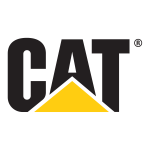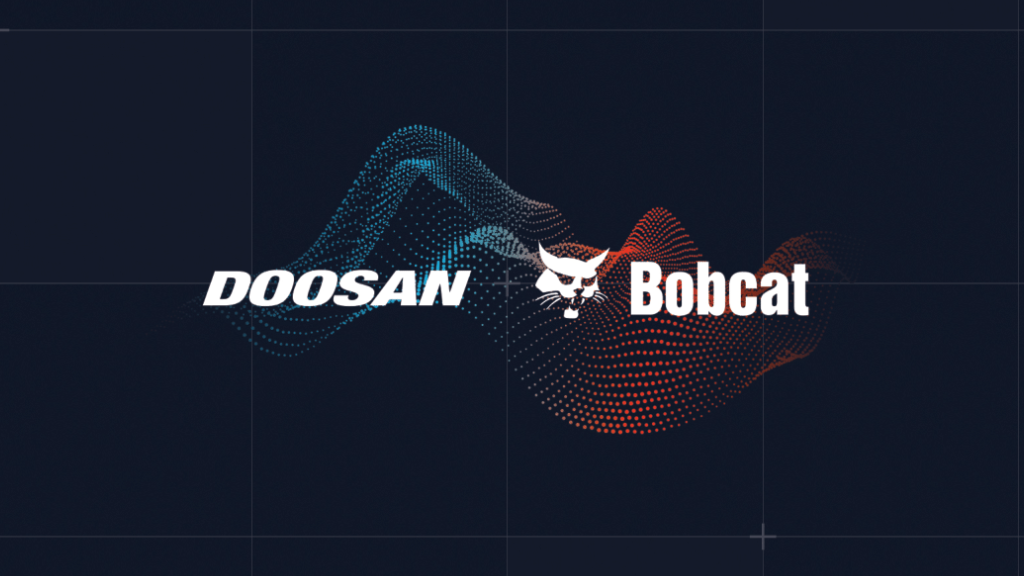Caterpillar industrial designers blend art and engineering to imagine the future of construction equipment
In the northeast corner of Caterpillar's "AC" facility in a secured location, there is a dedicated work area unlike any other at the company. The ceilings and windows are high, sunlight fills the open space, smoky glass walls surround conference rooms, and large tables promote a collaborative environment. There are unique product sketches hanging on the walls and laying on desks and tables. Cat models – old and new – are on display; as are trophies, plaques and other awards recognizing the inspiring work that is completed here.
At the centre of it all is a multi-generational team hard at work visualizing the next generation of Cat products. Some create on paper, some on computer screen, others in virtual reality. Regardless of the method, their results will most likely come to life on a future jobsite.
It is the Caterpillar Industrial Design Center where, as manager Gary Bryant says, his team works to blend art and engineering to create a human-centred Cat experience.
"It's not only the aesthetic form or the look of our machines," he continues, "but the functional design and how human beings use our machines more effectively. We're giving form to the technology and form to the function of a product."
Throughout Caterpillar history, Cat machines have been manufactured to work productively and efficiently, but it wasn't until the early 20th century that the look of the machine gained importance.
"Around 1930, Cat began to move beyond agriculture and into earthmoving, said Caterpillar Archivist Lee Fosburgh. "Our products were working on construction sites and road sides, so safety and visibility were a real concern. That is when "highway yellow" was introduced."
Around 1958 a small team was assembled to bring industrial design in-house at Caterpillar, and that's when the form of Cat machines started taking shape.
Fosburgh continues, "We were much more utilitarian until the 1960s when we introduced the 225 Hydraulic Excavator. It was then that we began adopting the Cat look and feel across the complete product line."
Bryant, who is celebrating his 29th anniversary with the company, reflects on how the Industrial Design department has grown and evolved.
"We've moved from being that group who draw pretty pictures to being fully integrated into the design process." He adds, "How the sketch is created has changed dramatically as well. We've gone from pencil and paper to bit pad and stylus on a computer to sketching in 3D."
To him industrial design is all about infusing the Cat DNA in our products and power systems.
"When a customer looks at a machine, we want it to be immediately recognized as Caterpillar. When a customer gets in and uses our products, we want them to immediately recognize the quality and experience that is expected from Caterpillar."



